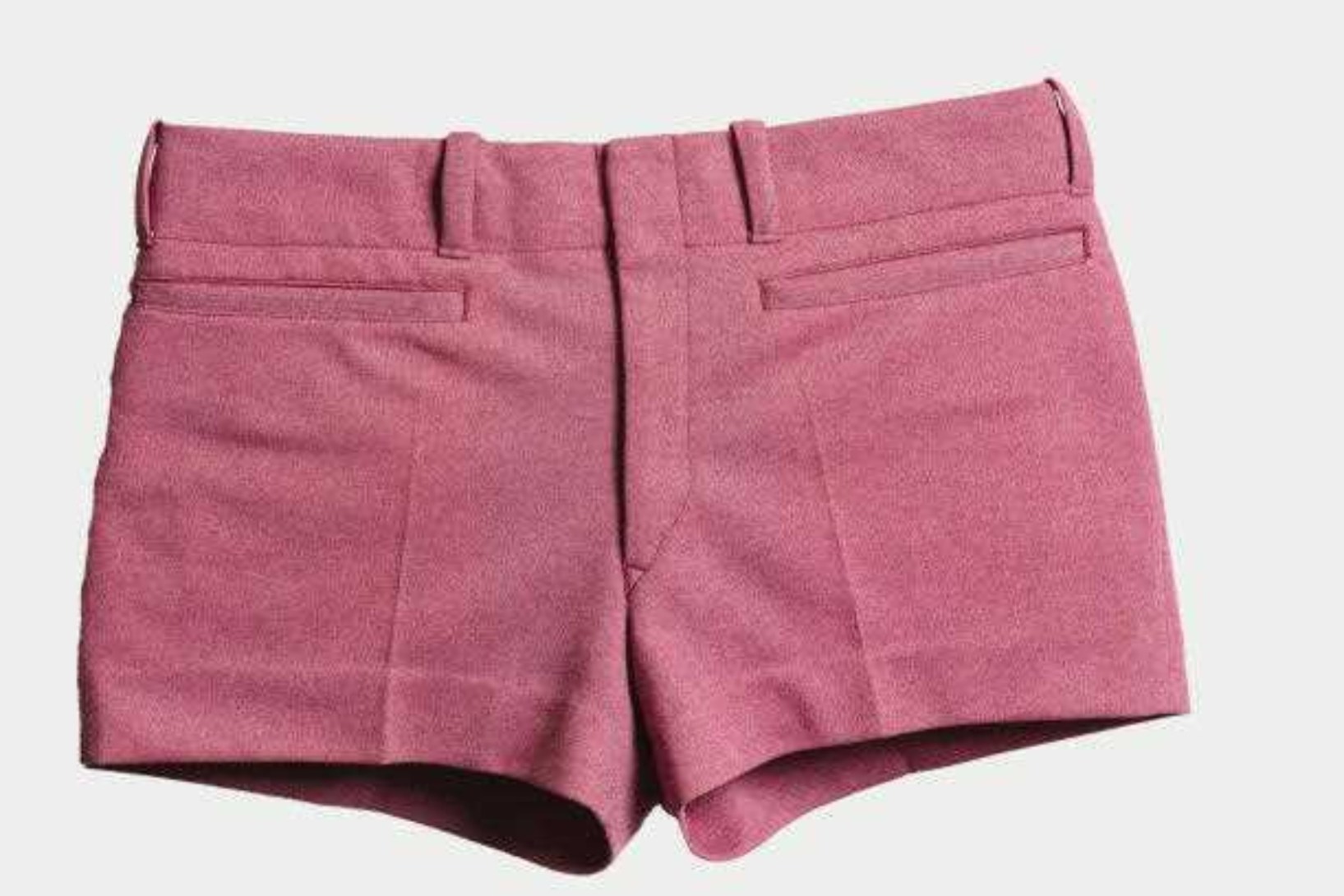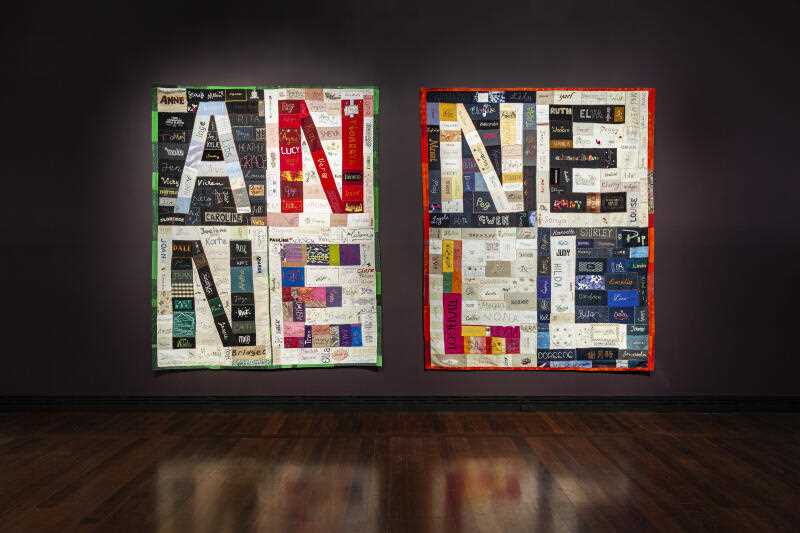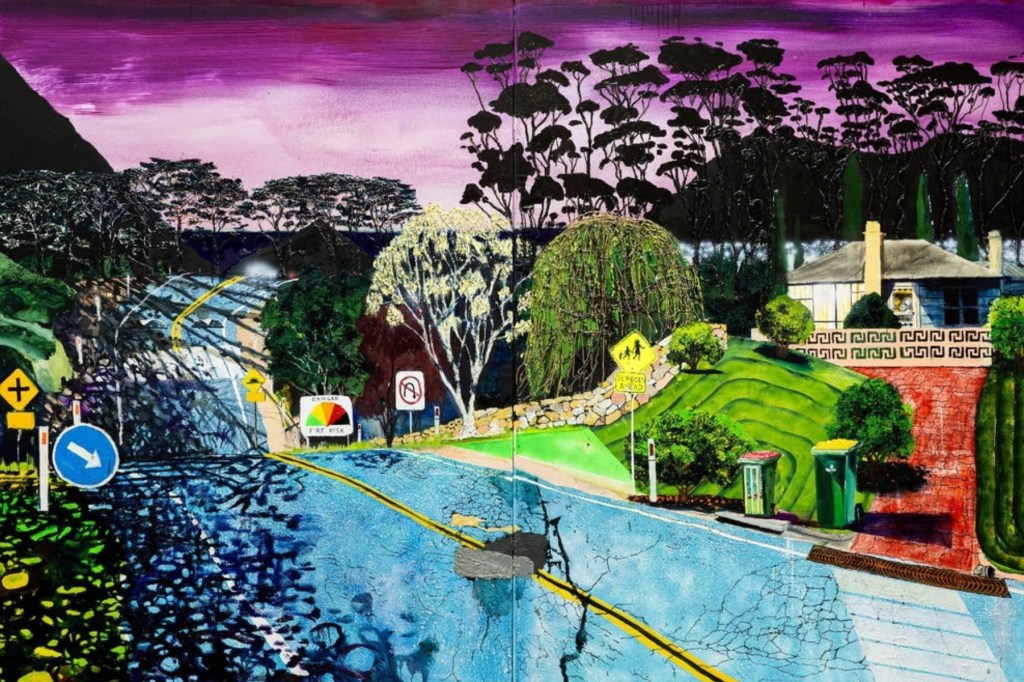Premier’s very short pink shorts star at gallery show
With artist Zaachariaha Fielding showing off Romance Was Born couture and Don Dunstan’s infamous shorts, a new exhibition shows textiles really can be radical.

Curator Rebecca Evans still seems gobsmacked by the extreme shortness of the former premier’s pink shorts.
“There’s so much urban myth and legend wrapped up in such a teeny, tiny in-seam,” she said.
“You wouldn’t believe how tiny they are, they’re not there, they’re really quite small.”
The teeny-tiny trunks made national headlines back in 1972 when Don Dunstan wore them on the steps of the South Australian Parliament, exactly 52 years ago on Friday.
Back then, Adelaide was a conservative town, and Dunstan was radical, decriminalising homosexuality and in many ways making South Australia the most progressive state in the nation.
You might like
So it seems, er, fitting, that the shorts (in a shade of what would now be called dusty pink) are on show as part of the Art Gallery of South Australia’s summer exhibition Radical Textiles.

From union flags to suffrage tapestries, runway fashions and those notorious trunks, it’s the first exhibition of its kind in Australia to bring together such a wide range of artworks under the banner of textiles.
At a preview of the show on Friday, Yankunytjatjara artist Zaachariaha Fielding (also one half of Australia’s 2024 Eurovision entry Electric Fields) was on hand to show off a couture gown, from a collaboration with fashion label Romance Was Born.
Subscribe for updates
The exhibition of more than 200 works also includes a pair of quilts by Sydney artist Nell, made from more than 440 patches sent by people around the world, each featuring the name of a significant woman in their lives.

Works like these, of course, arise from a long history of textile making, stitched together by the likes of socialist William Morris, the founder of Britain’s Arts and Crafts movement.
As it happens, the gallery has the largest collection of material by his pioneering company Morris & Co outside the UK, thanks to wealthy Adelaide families decorating their homes at the end of the 19th century.
Curators Evans and Leigh Robb have noticed a growing awareness of the heritage of textiles, and a concomitant return to slower and more valuable production, by designers not only in Australia but internationally.
“As soon as you pick up a needle and thread, you get thrown into this vortex into the past, and you connect yourself to ancestors,” said Evans.
The exhibition culminates in a room dedicated to high end fashion, featuring garments by Vivienne Westwood, Viktor&Rolf, Iris van Herpen and Jordon Gogos.
And as any top designer would have noticed, shorts are having a fashion moment – note Paul Mescal at Milan Fashion Week, Pedro Pascal at the Met Gala, and fashion forward ARIA-winner Troye Sivan at the Cannes Film Festival.
Radical? Maybe. Let’s just see if they make a comeback in pink.
Radical Textiles opens Saturday and runs until March 30 at the Art Gallery of South Australia.

